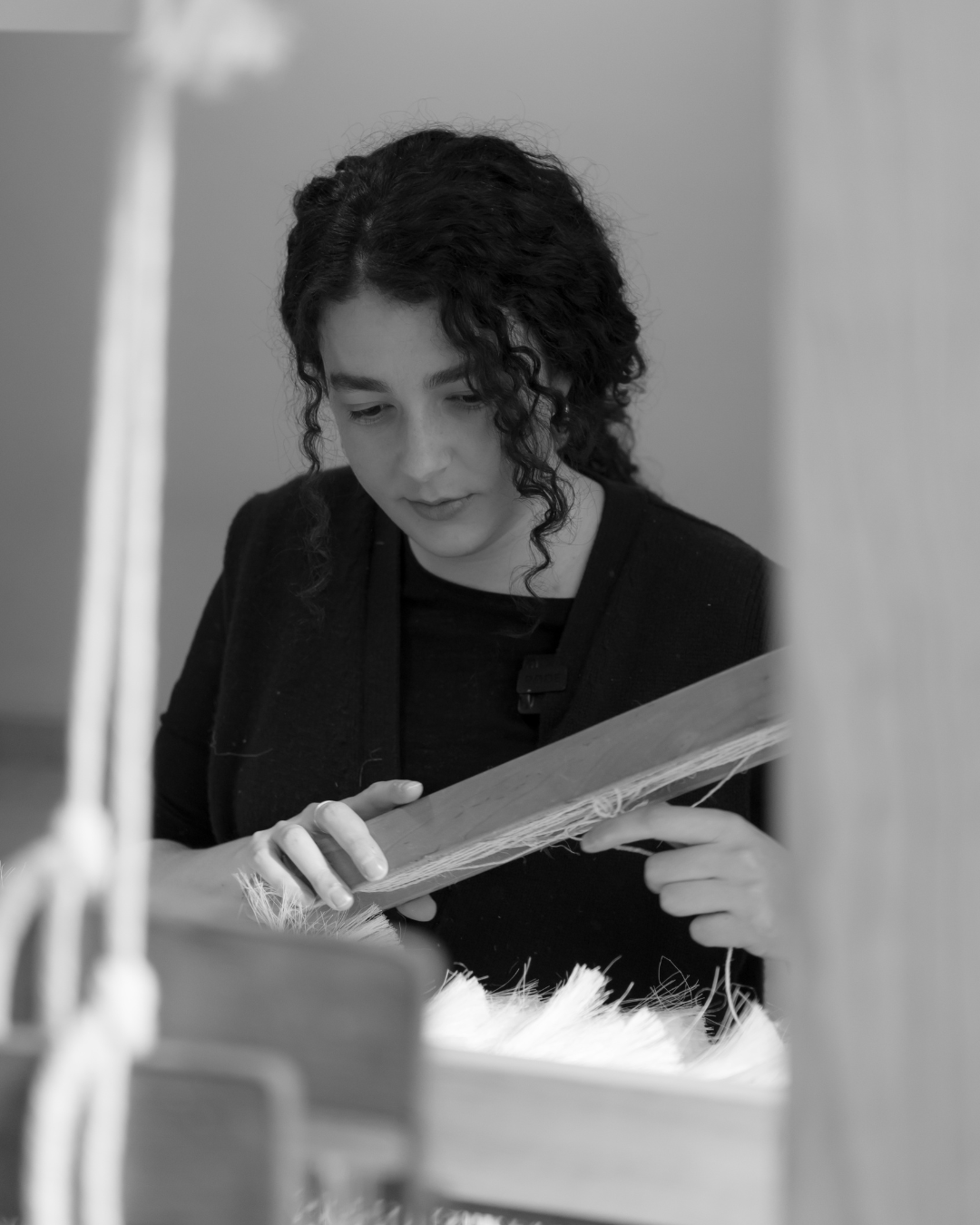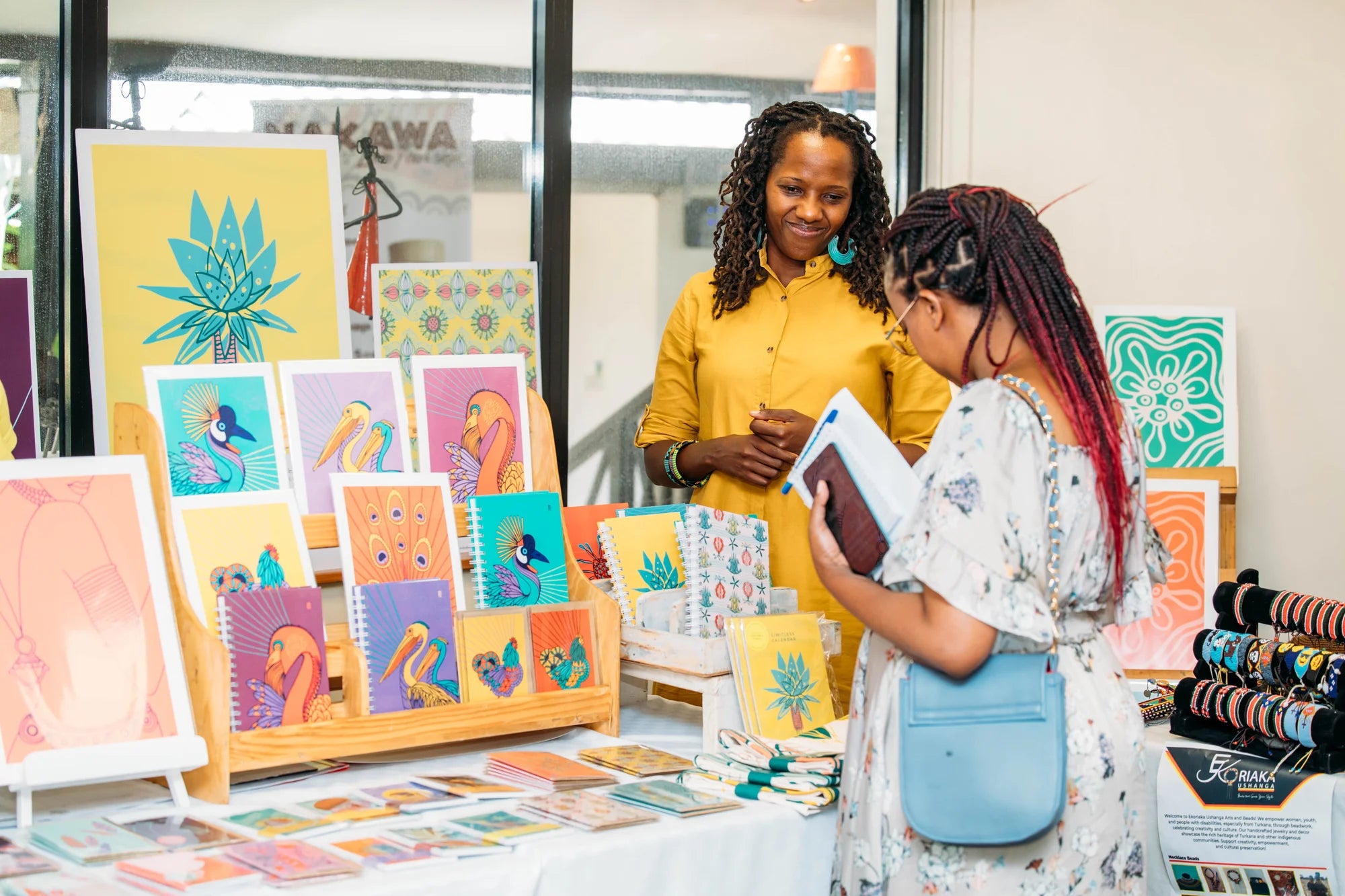
Every Step You Take
The advent of community commerce means buyers, makers and consumers now get to call the shots.

It used to be that you'd go to a store, pick out a product, pay for it and that was that. But in this age of rapidly-evolving technology and free-flowing information, that's beginning to change. Consumers are demanding to know more about product providence and legislators are mandating it. Because of this, merchants need to make more informed sourcing decisions.
Think of this evolution as a bridging of tech and altruism, where it's now easier than ever to make better choices. It's a step-by-step circular economy that is leading to impactful change. Here's a look at how it's happening.
Community Commerce–defined.
Community Commerce is an evolution of the marketplace where not only does it connect a buyer to a seller–it also infuses inclusion and economic incentives across the platform that are designed into the workflow, with the goal of consolidating a global sector of responsibly-made products for the greater good.
It starts with transparency.More than ever, consumers can spark change–and storytelling by retailers is the conduit. Products affixed with badges–denoting whether a brand is Black-owned or women-owned, upcycled, or features a heritage craft–allows the consumer to decide whether they want to purchase and support a maker because of its mission and values. In the case of Powered by People, buyers on the platform can choose to sourse from makers who have earned the PBP Verified mark, which reflects their commitment to sustainable practices.

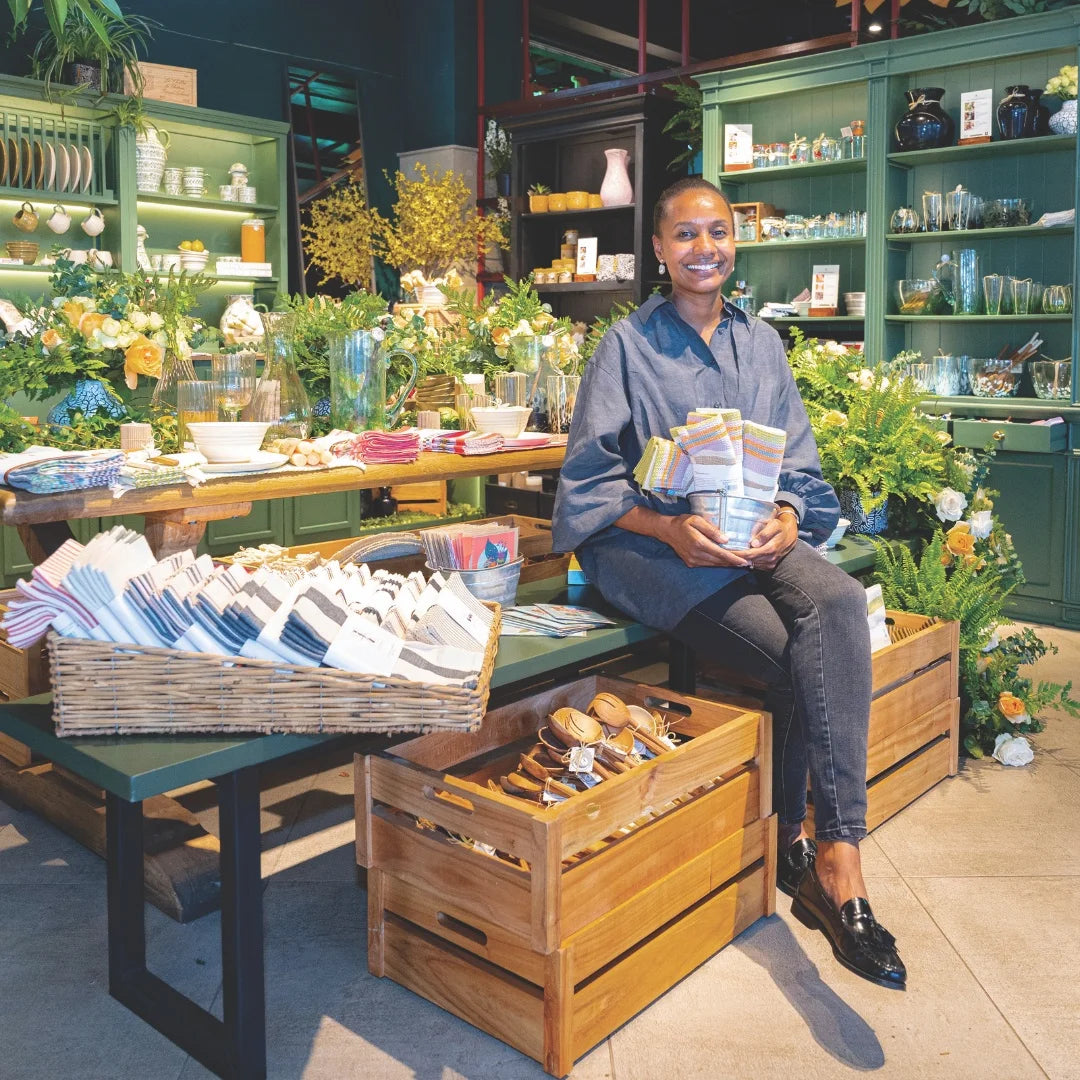
International payments have gone mobile.
Thanks to quick, seamless digital technology, payments to makers can now be direct, allowing them to maintain and grow their businesses. Of the roughly 1.7 billion unbanked adults in the world, around two-thirds own a cell phone. Coupled with the penetration of international digital payments, mobile wallets, and mobile money services like Kenyan based M-PESA, anyone can receive and transfer funds.
This means makers can focus on making, and not spending hours of their day traveling to collect funds. "At PBP, makers can opt into digitally-transferred cash advances on orders with a single click, enabling them to get started on a new order right away and manage cash flow." Says PBP's Kris Zanuldin, VP of Product.
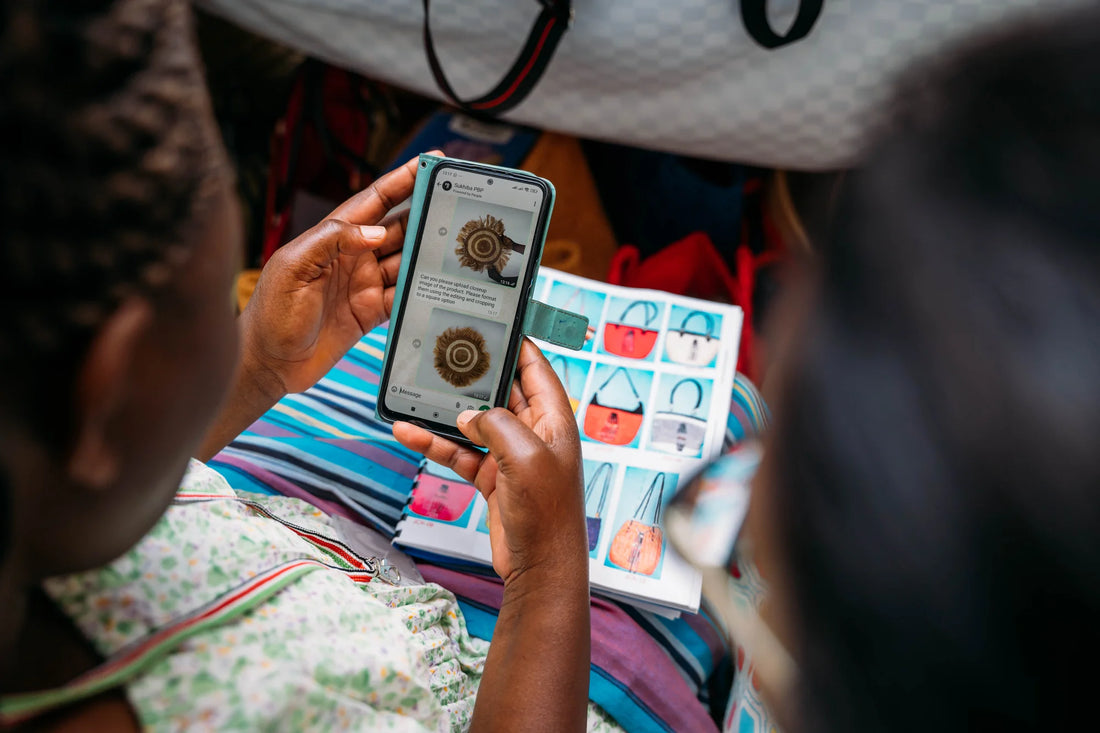
Shipping unites.
Historically, collaborating with one's competitor was a zero sum game. If I benefit, someone else doesn't, the thinking goes. But that's not the case anymore. Consider consolidated shipping. A group of makers in, say, Guatemala or India can band together to fill one shipping container at an advantageous rate, and all the makers benefit. As part of its ShipSmart initiative, PBP works with Flexport to access consolidated-shipping options for both makers and buyers, each of whom can save considerably (though, yes, delivery time is longer than traditional sea freight and, certainly, airfreight). On an environmental level, FlexPort provides detailed ESG reporting on the lighter carbon footprint that consolidated shipping offers. If makers decide to band together, they net better results and an economic advantage. They're not each other's competition–they're partners.
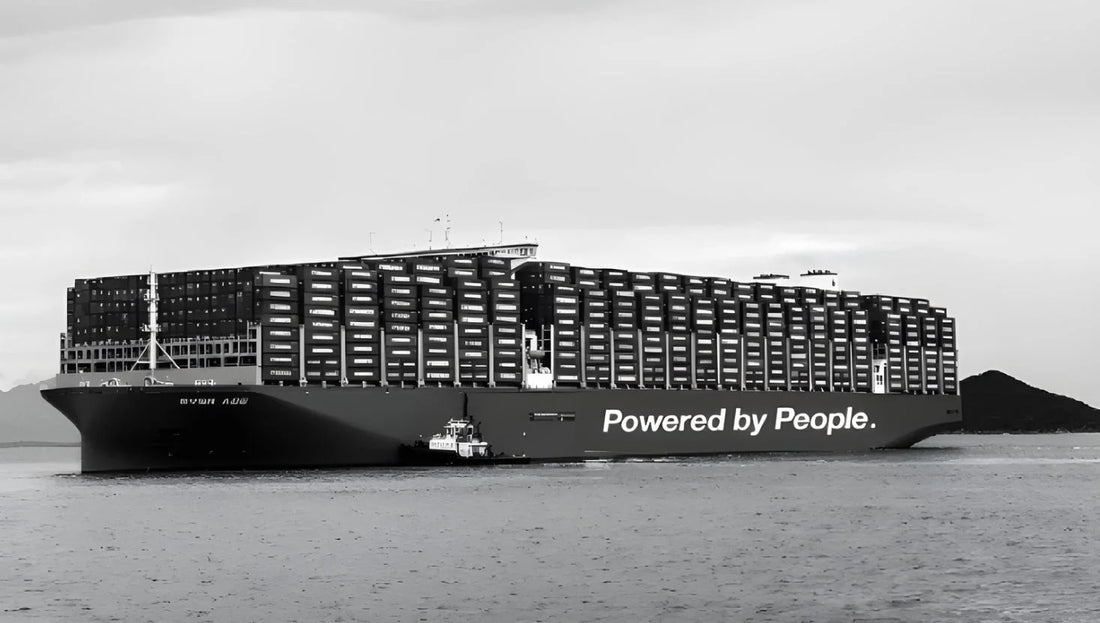
Digital platforms can facilitate change.
If you're a retailer, you're aware that your customer wants to support small, independent brands from around the world. But with thousands of them out there, how do you find the 200 or 300 that fit your design vision? And how do you conduct business with them seamlessly? Digital Wholesale platforms have made this drastically easier, and with the introduction of curated dropship catalogs, it has made it practically risk free. buyers can take a "try before you buy" approach on the brands they want to feature–which provides new business to makers, and adds an online breadth to retailers–while reducing exposure because dropshipping eliminates the need to carry inventory, The economic incentives of this technological advancement benefit the maker, buyer and the platform.
11 Must-Have Holiday Gifts
Tis the season for standout finds. Unwrap our top holiday picks
Read moreThe Woven Wall
For Mexico-based maker KREYÉ, the artistry of craft represents both beauty and commerce
Read more

